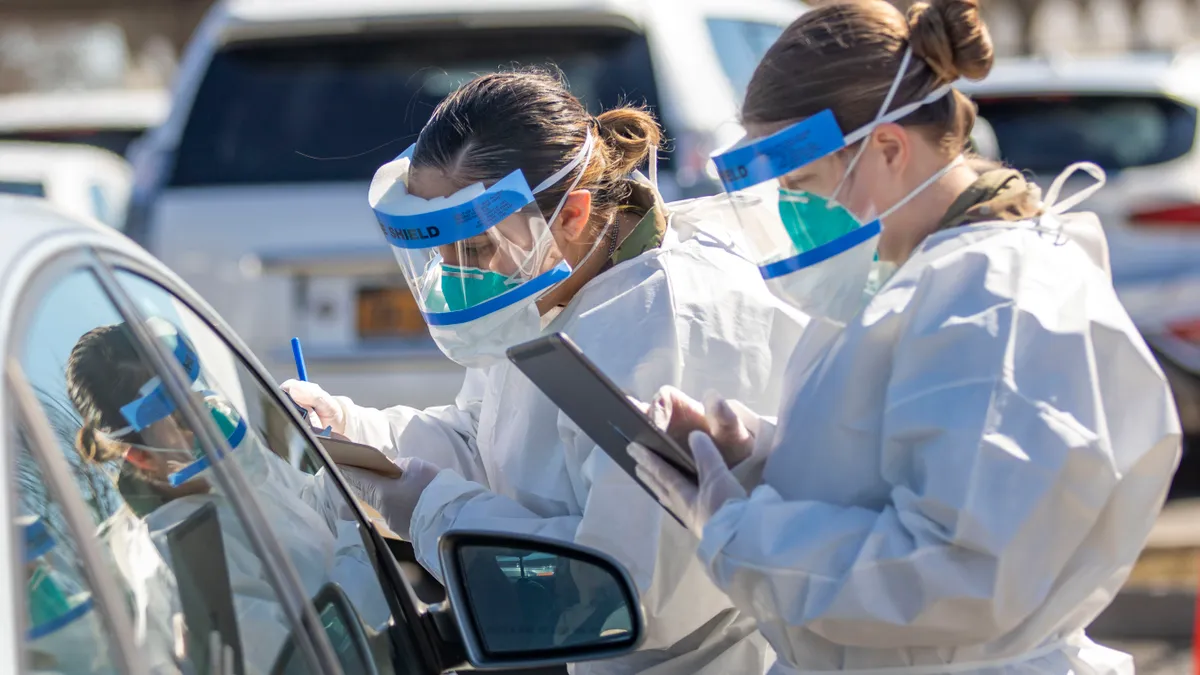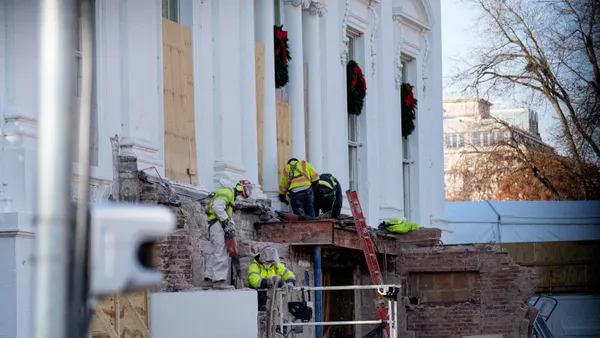UPDATE: Nov. 23: The California Department of Industrial Relations' Occupational Safety and Health Standards Board has adopted emergency temporary Cal/OSHA COVID-19 standards that will go into effect immediately upon approval from the state Office of Administrative Law, an action which is expected by the end of November.
The new rules apply to most workers not covered by previous standards implemented for health- and medical-related activities. Under the new standards, employers must have a written COVID-19 Prevention Plan that includes:
- A system for communicating COVID-19 information to employees and a way for employees to report exposure without fear of retaliation.
- Identification and evaluation of hazards.
- How employers will investigate and respond to workplace cases of COVID-19.
- How employers will correct COVID-19 hazards.
- Physical distancing procedures.
- A plan for the provision of face coverings and enforcing their use.
- Site-specific strategies to reduce exposure to the novel coronavirus.
- Recording requirements.
- Protection of pay and benefits of those testing positive or exposed.
- Criteria for a return to work.
- Testing and requirements for reporting the results to public health departments.
- Risk prevention in employer-provided transportation and housing.
Cal/OSHA plans on holding a stakeholder meeting with industry and labor representatives in order to solicit input and recommendations for updates.
Dive Brief:
- Pennsylvania Secretary of Health Dr. Rachel Levine announced yesterday a new series of mandatory state measures intended to help stop the rising number of COVID-19 cases in the state. Two new regulations regarding the use of face coverings and traveler testing are expected to have a direct impact on the construction industry but also exempt some workers in limited circumstances.
- Effective yesterday, Pennsylvanians must wear face coverings outside their homes if they expect to come into contact with someone that does not reside in their household and cannot maintain a 6-foot physical distance, including at workplaces like construction jobsites.
- In addition, effective tomorrow, anyone entering Pennsylvania from another state must have tested negative for COVID-19 within 72 hours before entry or must quarantine for 14 days after entry. This includes Pennsylvania residents returning home after visiting another state. While the order does not apply to those who travel to the state for work purposes, the new regulation is expected to impact contractors if their employees travel out of state for the holiday season but cannot immediately resume working.
Dive Insight:
The order states that employers must "mitigate or eliminate" workers and site visitors who cannot wear or refuse to wear an acceptable face covering. Workers who are physically isolated, like in the cab of heavy equipment, as they perform their jobs or who work outside and do not expect to come within 6 feet of another worker do not have to wear a face covering in those sustained circumstances.
The state defines face coverings as material that covers the mouth and nose and is secured with ties, straps or loops over the ears or is wrapped around the lower face. Acceptable types of face coverings in addition to standard masks include factory-made and homemade:
- Scarves.
- Bandanas.
- Improvised coverings made from t-shirts, sweatshirts or towels.
The Pennsylvania directive also allows for a mask alternative — a face shield that covers the nose and mouth, extends to the ears and below the chin and leaves no gap between the forehead and headpiece.
Workers are allowed to remove their face coverings under certain circumstances such as to receive medical treatment or for identification purposes.
Employers must ensure compliance with these rules and post signs at the workplace notifying workers and visitors.
The Pennsylvania measures come at a time when several states are walking back re-openings and even shutting down certain business sectors as cases soar. Three states — Virginia, Michigan and Oregon — have implemented emergency rules in response to the pandemic, including protocols for screening of employees and visitors, physical distancing measures and the use of masks and face shields.













